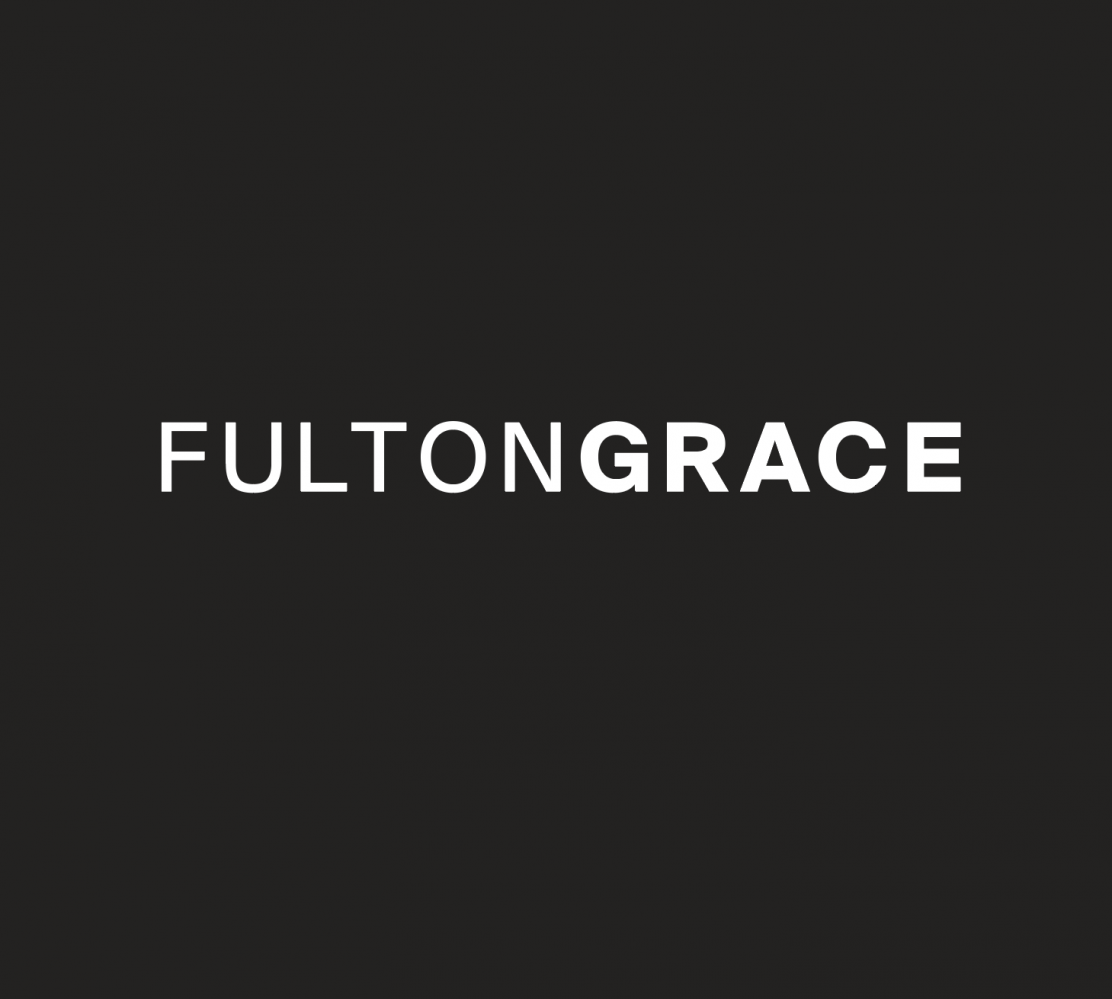Humboldt Park is a neighborhood and community on the West Side of Chicago. Humboldt Park is also the name of its namesake park of 207 acres that is situated on the northeast part of the neighborhood. Officially becoming a part of the Windy City in 1869, Humboldt Park has an interesting history that shares insight into the diverse, active and artistic community it is today. Find out more about the history behind Chicago’s vibrant and communal Latino neighborhood below.
The namesake park was named for Alexander von Humboldt, a German naturalist and geographer famed for his five-volume work Cosmos: Draft of a Physical Description of the World. (Sadly, his one and only visit to the US actually did not include Chicago!) The park is lined with graystone houses and now enjoys landmark status via Kedzie Avenue. The park itself has 3 major historical public buildings, including the Boat House (designed by Schmidt, Garden, and Martin), the Field House, and the Historic Stables.


Its ethnically diverse makeup and strong history have inspired international artists, authors, and comedians throughout the years. We understand why Humboldt Park’s residents are very protective of their neighborhood’s popular street art as it illustrates its rich history and culture. Today, the neighborhood remains diverse in its residential, retail, and community offerings. It’s become a pinnacle for the food and beverage industry which hospitality giants like Lettuce Entertain You making the neighborhood its hub for many of its most noted eateries.

WHO IS FULTON GRACE?
We are one of Chicago’s leading providers of comprehensive real estate services. We are home to an ever-growing team of savvy & reputable local realtors, seasoned property managers, and customer-service-oriented staff. Whether you’re looking to find a new home, sell your home, or have your property managed, let us be your trusted real estate advisors.

2 thoughts on “A Brief History Behind Chicago’s Humboldt Park”